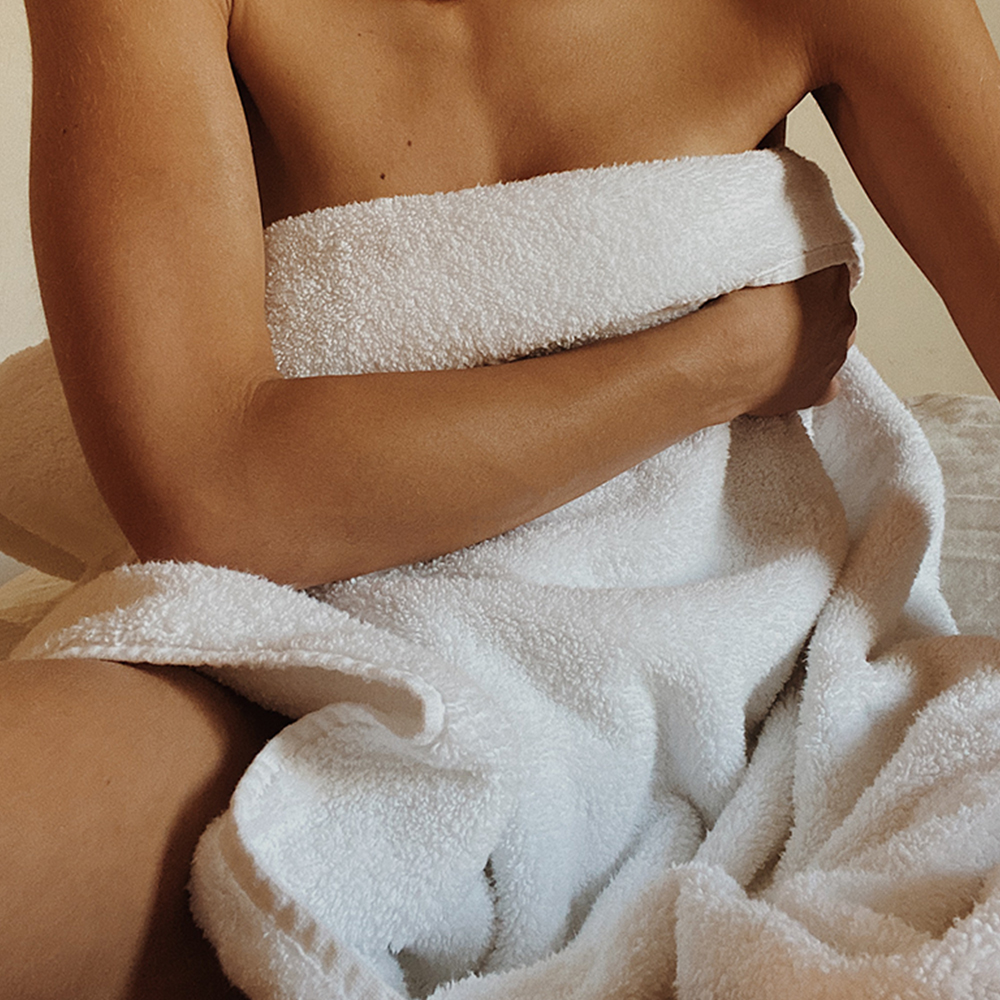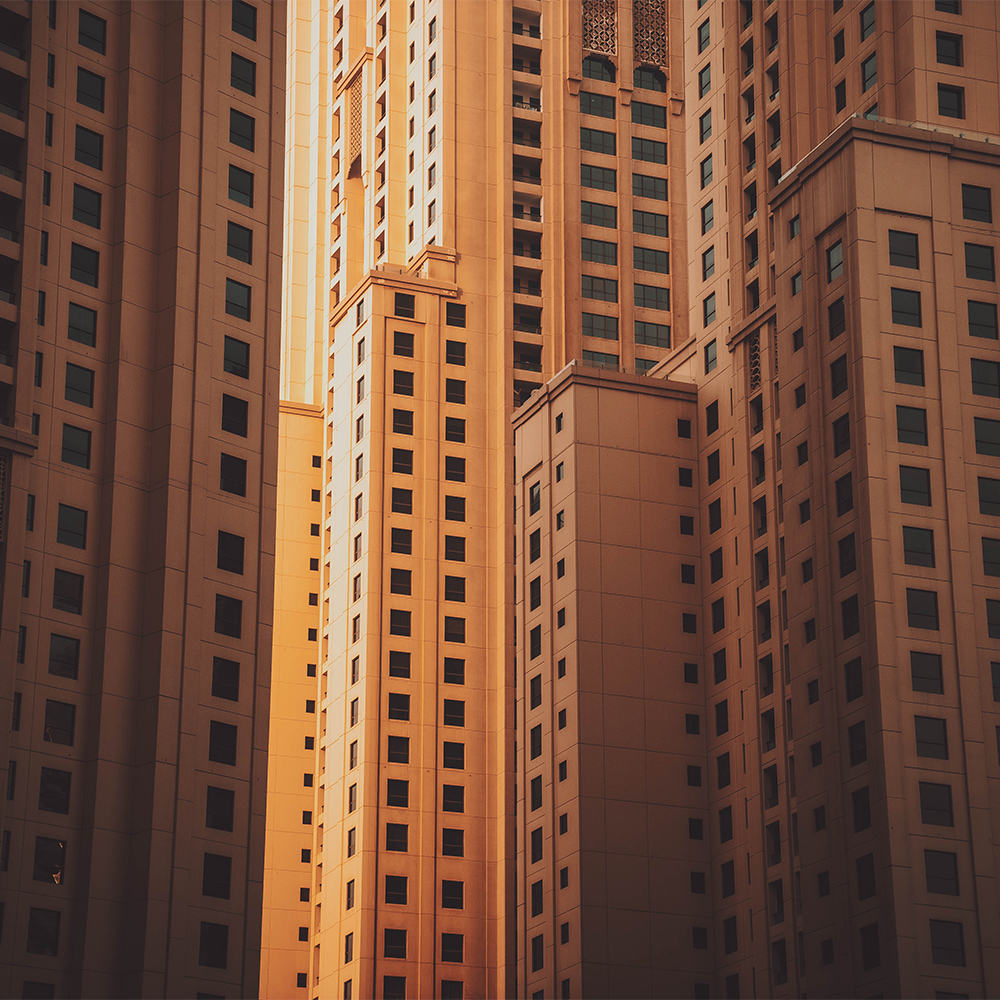How to spot and avoid heat exhaustion and heat strokes indoors
Beat the heat

While dealing with the heat is a constant in every Malaysian’s life—and we’ve so far managed to co-exist with it, by hook or by crook—there are instances when the heat can get too much. With reports from the Malaysian Meteorological Department’s website showing that a possible heat wave could be imminent as temperatures sizzle throughout the Northern region, the heat you’re feeling now could get worse. Our neighbouring country, Thailand, is already facing unprecedented temperatures as high as 45 degrees Celcius and there are concerns the same could happen to Malaysia.
As we enter into the inter-monsoon period from May to July, there is a lack of rain to disperse the heat. Coupled with our hot and humid weather, heat exhaustion and heat strokes can occur more frequently. However, these don’t only happen when you’ve spent too much time outdoors under the sun. Heat exhaustion and heat strokes can happen at home too.

What is the difference between heat exhaustion and heat stroke?
Heat exhaustion usually comes before a heat stroke and does not generally require medical help if you’re able to cool down within 30 minutes. If it is not treated soon enough, though, it can result in a stroke. A heat stroke is much more extreme as it involves the nervous system. When someone experiences a heat stroke, systems are a lot more severe which can include altered levels of consciousness, seizures and severe headaches.
Heat strokes occur when the body goes over its core temperature of 36 to 38 degrees Celsius and is unable to cool itself down. Those who are particularly susceptible to this are babies, young children and seniors as their natural ability to manage body temperature may not be fully developed or starts to deteriorate over time.
Symptoms of possible indoor heat-related illnesses can also be dismissed as simple cases of feeling under the weather and may not strike immediately as a heat stroke. If you are currently caring for a child or senior, do take note of the following symptoms as stated by the Centers for Disease Control and Prevention (CDC).
Symptoms to look out for in heat exhaustion
- Tiredness or feeling week
- Dizziness
- Pale, cold or clammy skin
- Nausea or vomiting
- Excessive sweating
- Muscle cramps (usually in the arms, legs or stomach)
- Fainting
To cool down someone who is experiencing heat exhaustion, here’s what you can do. Move them immediately to a cooler place and remove all unnecessary clothing such as socks or outerwear. Have them drink a sports or rehydration drink to replenish their liquids. If those are not available, cold water is fine as well. Then, cool their skin by spraying or sponging them with cool water and keep a fan on them. You can also take cold packs, wrap them in a cloth and place them under their armpits or behind their necks. Do not leave their side until they feel better. They should start to cool down and feel much better within 30 minutes. If it takes them longer, a heat stroke is possible.

Symptoms to look out for in a heat stroke
- High body temperature of about 39 degrees Celsius and above
- Inability to cool off
- Diarrhoea
- Excessive sweating
- Dizziness
- Nausea or vomiting
- Tiredness
- Headaches
- Fast breathing or heart rate
- Pale, cold or clammy skin or heat rashes
- Confusion
Don’t forget to check up on your senior neighbours or loved ones from time to time. If you or someone you know are experiencing extreme bouts of hallucinations or changes in mental state, such as extreme mood swings or distress and seizures, please seek medical help immediately. If you are ever in doubt, it’s also best to not take risks and visit your nearest clinic as soon as possible.

Indoor temperatures can be just as hot as outdoor temperatures (or even hotter) depending on the size of your home. Those living in apartments or medium-sized homes could be at a higher risk due to the limited space for air ventilation, which is usually the main cause of indoor heat-related illnesses.
Here are some ways to protect you and your family from indoor heat exhaustion and heat strokes in the near future:
Ways to prevent indoor heat strokes
- Remember to stay well-hydrated all day long
- Dress in light-coloured clothes and breathable layers as much as possible—don’t be shy to take it all off and walk around in your birthday suit, an airy silk robe on top is a good way to keep cool.
- Air conditioning is not necessary–as long as you can ventilate the room well enough; so a fan works too
- Take breaks in between rigorous physical activities
- Spritz room-temperature water or turn on an air diffuser to reduce the indoor temperature
- Take cooling showers throughout the day, quick 10-minute showers under the water can do wonders!
- During sleeping hours at night, do frequently check on sleeping children and avoid excessive wrapping up of blankets
- Open windows from time to time to allow fresh air into the room
It’s tempting to want to blast the air-conditioner all day, however, this can cause more damage than good. Overusing the air-con will actually add more heat to the surroundings as the warm air coming out from the compressor will rise up to the atmosphere and in turn, increase the likelihood of a heat wave. So whenever possible, opt for the fan instead.
For more reads on body and wellness, head here.
| SHARE THE STORY | |
| Explore More |



